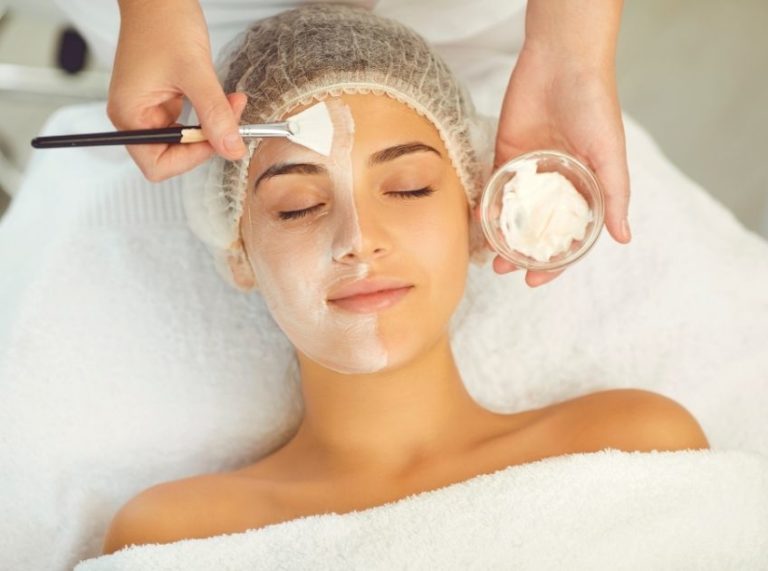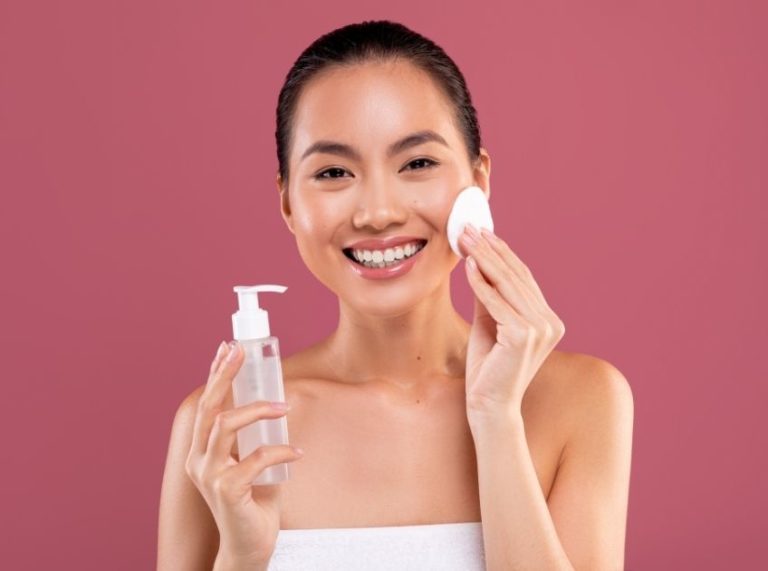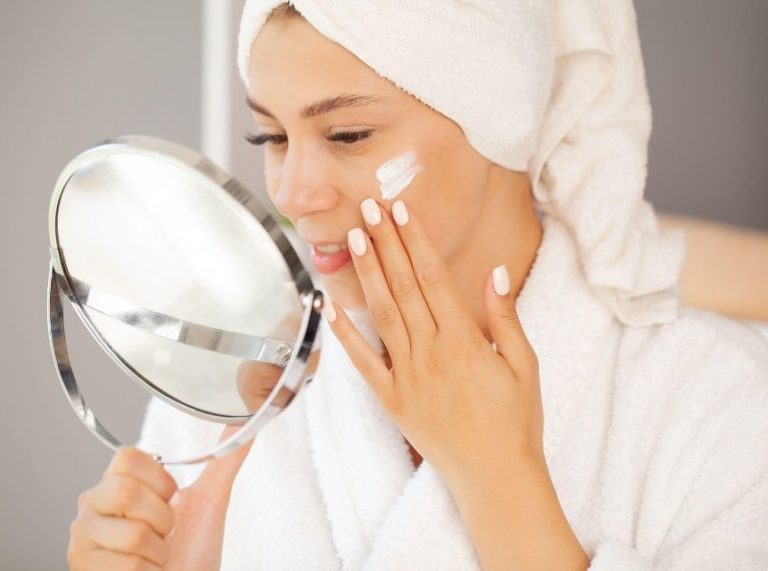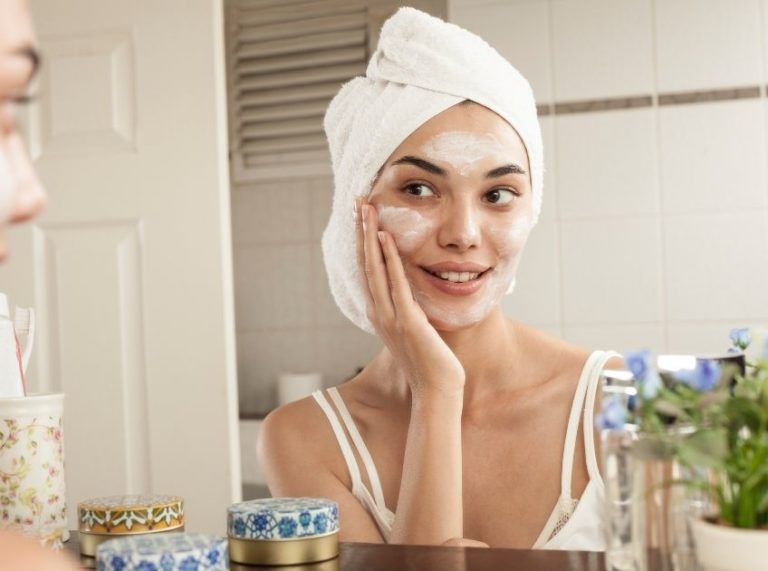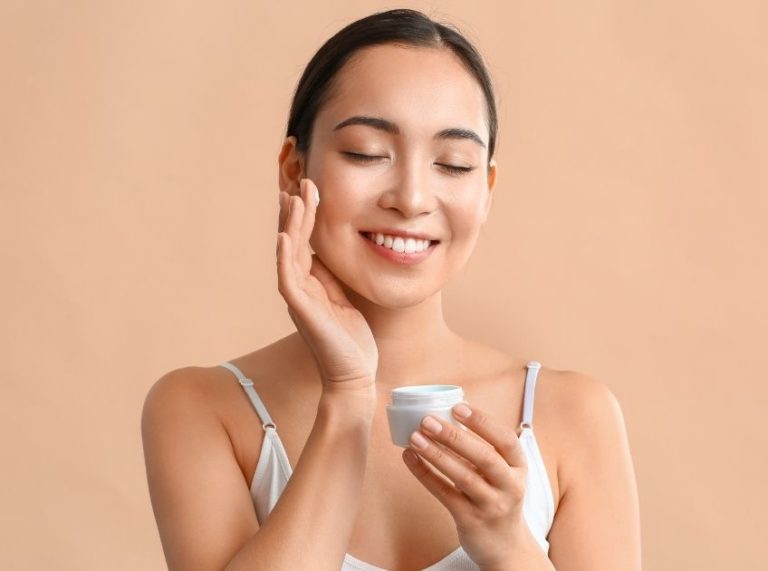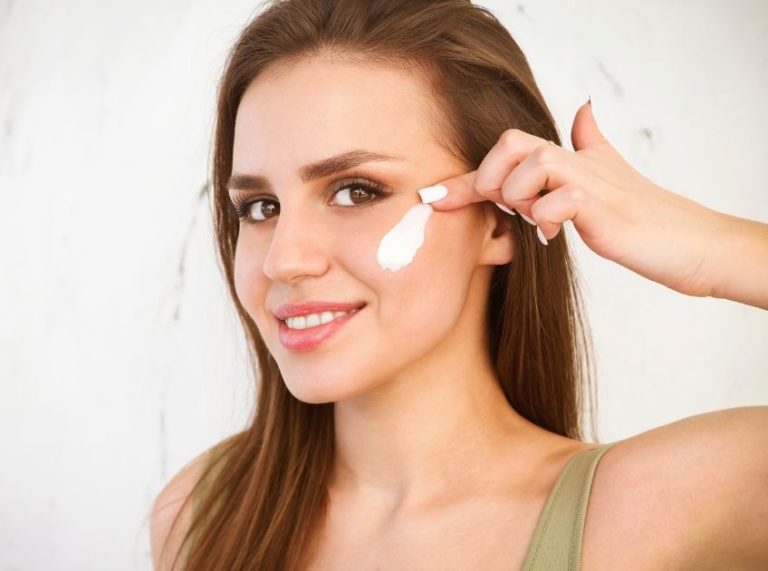
Important: This article is for informational purposes only. Please read our full disclaimer for more details.
If you’re someone who struggles with rosacea, you already know how delicate and reactive your skin can be. Even a tiny change in weather, stress level, or skincare product can lead to flare-ups, redness, dryness, or bumps. And while the market is full of “sensitive skin” or “calming” soaps, not all of them are truly gentle enough for rosacea-prone skin.
That’s exactly why more people are turning to homemade, natural soaps with skin-soothing ingredients. DIY soaps let you control what goes onto your skin—no harsh chemicals, artificial fragrances, or irritants. With the right ingredients, homemade rosacea soap can help calm inflammation, reduce redness, and support a healthier skin barrier.
Let’s walk through everything you need to know before crafting your own skin-loving soap!
Article Contains
- Understanding Rosacea: What Exactly Is This Skin Condition?
- Spotting the Signs: Common Rosacea Symptoms & Everyday Triggers
- Is It Really Rosacea? How to Self-Check Before You Treat It
- Skin-Calming Heroes: Best Natural Ingredients for Rosacea-Friendly Soap
- Avoid These! Harsh Ingredients That Can Worsen Rosacea Flare-Ups
- Soothing DIY Rosacea Soap Recipes (Safe for Sensitive Skin)
- How to Use Your Rosacea Soap for Maximum Relief & Results
- What Science Says: Research-Backed Ingredients That Calm Rosacea
Understanding Rosacea: What Exactly Is This Skin Condition?
Rosacea is a chronic inflammatory skin condition that mostly affects the face. It tends to appear as persistent redness, visible blood vessels, sensitivity, and sometimes acne-like bumps. While anyone can develop rosacea, it’s more common among people with fair skin and usually appears after age 30.
It’s not caused by poor hygiene or a single factor—rosacea often involves a combination of genetics, environmental triggers, and an overactive immune and inflammatory response.
Spotting the Signs: Common Rosacea Symptoms & Everyday Triggers
Rosacea can look and feel different for everyone, but here are some common symptoms:
- Persistent facial redness (usually on cheeks, nose, chin, or forehead)
- Visible blood vessels
- Burning or stinging sensation
- Skin thickening (in advanced cases)
- Red, swollen bumps that resemble acne
- Dryness and heightened sensitivity
- Common triggers that can worsen rosacea include:
- Hot or cold weather
- Spicy foods, caffeine, and alcohol
- Hot showers or steam
- Stress and lack of sleep
- Intense physical exercise
- Harsh skincare products
- Fragrances and essential oils
- Sun exposure
Knowing your triggers is half the battle. Your skincare routine—especially your facial cleanser or soap—should help calm and protect the skin, not strip or irritate it.
Is It Really Rosacea? How to Self-Check Before You Treat It
Before you start treating your skin, make sure you’re addressing the right condition. Many people confuse rosacea with acne, sun damage, or allergic reactions. Here are some signs that point specifically to rosacea:
- Redness seems constant and doesn’t fully go away
- Your skin reacts easily to products and temperature changes
- Over-the-counter acne products make it worse
- You flush easily when embarrassed, stressed, or after a hot drink
If you’re unsure, a dermatologist can confirm it. DIY remedies can help manage mild symptoms, but if your rosacea is moderate to severe, get professional guidance alongside natural care.
Skin-Calming Heroes: Best Natural Ingredients for Rosacea-Friendly Soap
When making soap for rosacea, focus on barrier-strengthening, anti-inflammatory, and soothing ingredients. Here are some skin-loving additions:
- Oatmeal: Ultra-soothing and helps calm irritation
- Aloe Vera: Hydrates and reduces redness
- Chamomile Extract or Tea: Naturally anti-inflammatory
- Calendula: Gentle healing benefits for sensitive skin
- Goat Milk: Moisturizing, creamy, and ideal for gentle cleansing
- Cucumber Extract: Cooling and reduces redness
- Rose Hydrosol or Rosewater: Calming and hydrating
- Honey: Natural humectant; supports skin barrier
Carrier oils that are great for rosacea soap:
- Sweet almond oil
- Jojoba oil
- Olive oil
- Shea butter (in small amounts)
Avoid These! Harsh Ingredients That Can Worsen Rosacea Flare-Ups
Not all “natural” ingredients are suitable for rosacea. Avoid anything that can heat, irritate, or strip the skin.
Skip these in your soap:
- Artificial fragrance and dyes
- Harsh exfoliants (like walnut shell or coffee grounds)
- Peppermint, cinnamon, clove, eucalyptus, or citrus oils
- Sulfates (SLS/SLES)
- Alcohol-based ingredients
- High-concentration essential oils
If using essential oils, stick to mild ones like lavender or chamomile, and use only one or two drops—not more.
Soothing DIY Rosacea Soap Recipes (Safe for Sensitive Skin)
Here are two gentle recipes that avoid harsh scents and keep moisture locked into the skin.
1. Oatmeal & Honey Gentle Calming Soap (Melt-and-Pour)
You’ll Need:
- 250g goat milk melt-and-pour soap base
- 1 tablespoon colloidal oatmeal
- 1 teaspoon raw honey
- Optional: 1 drop lavender essential oil
How to Make:
- Cut the soap base into cubes and melt using a double boiler.
- Remove from heat and add oatmeal and honey.
- Mix gently to avoid bubbles.
- Add 1 drop lavender EO (optional).
- Pour into molds and let set for 3–4 hours.
Why it helps: Oatmeal calms irritation while goat milk deeply hydrates and cleanses without stripping.
2. Aloe & Calendula Rosacea Relief Soap (Cold Process)
You’ll Need:
- 300g olive oil
- 150g coconut oil (optional; replace with olive oil for ultra-sensitive skin)
- 50g shea butter
- 100g aloe vera gel
- Calendula petals (infused in oil if possible)
- Lye solution (per standard cold-process measurement)
How to Make:
- Prepare lye water safely and allow it to cool.
- Melt oils and combine with aloe gel, then mix with the lye solution.
- Blend until trace forms.
- Add calendula petals and pour into the mold.
- Cure for 4–6 weeks.
Why it helps: Aloe and calendula soothe redness and inflammation, making this ideal for reactive skin.
How to Use Your Rosacea Soap for Maximum Relief & Results
- Use lukewarm (never hot) water
- Cleanse only once or twice daily—not more
- Don’t scrub; use fingertips or a soft cloth
- Follow with a barrier-supporting moisturizer
- Patch test before use
- Consistency matters more than quantity—gentle, daily care is key.
What Science Says: Research-Backed Ingredients That Calm Rosacea
- Colloidal Oatmeal has been supported by dermatological research for reducing itching, irritation, and inflammation (1).
- Aloe Vera contains compounds like aloin and aloesin, known for anti-redness and soothing benefits (2).
- Calendula has anti-inflammatory and antioxidant properties that support the healing of sensitive skin (3).
While DIY soaps won’t “cure” rosacea, they can help soothe symptoms and protect your skin barrier—when paired with smart lifestyle habits and gentle skincare.
Frequently Asked Questions (FAQ’S)
1. Can homemade soaps completely cure rosacea?
A. No—rosacea has no cure, but the right soap can manage symptoms, reduce irritation, and improve comfort.
2. How long until I see results?
A. Most people notice calmer skin within 1–2 weeks of using gentle soaps consistently.
3. Can I use exfoliating soap for rosacea?
A. Avoid harsh scrubs. If you need exfoliation, stick to extremely mild options like oat-based soaps no more than once a week.
Rosacea requires patience, gentle care, and the right ingredients. A homemade soap designed with soothing, hydrating, and calming ingredients can make a world of difference in how your skin feels each day. With consistency, awareness of triggers, and a nurturing skincare routine, you can help your skin stay happy, calm, and comfortable—naturally.

